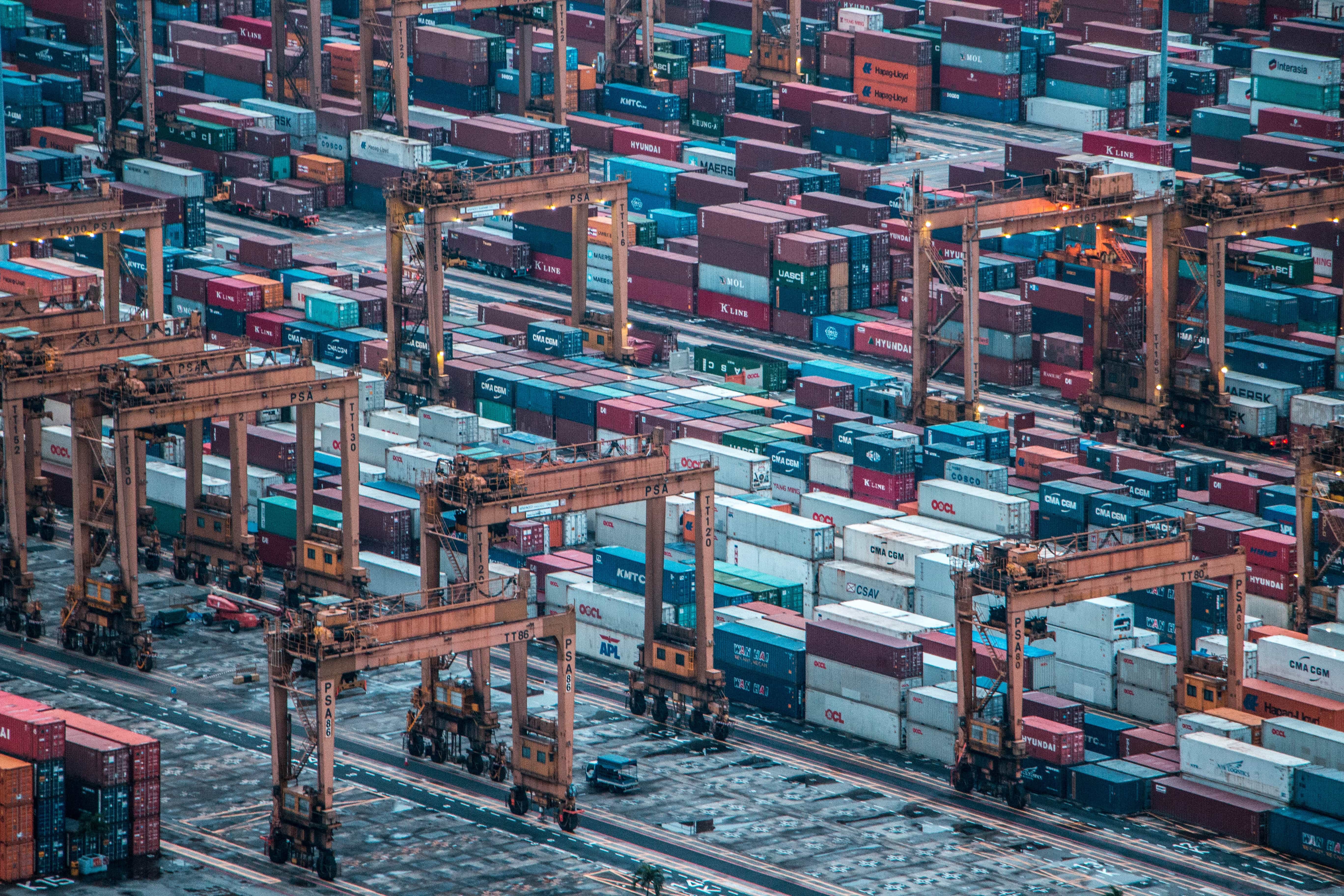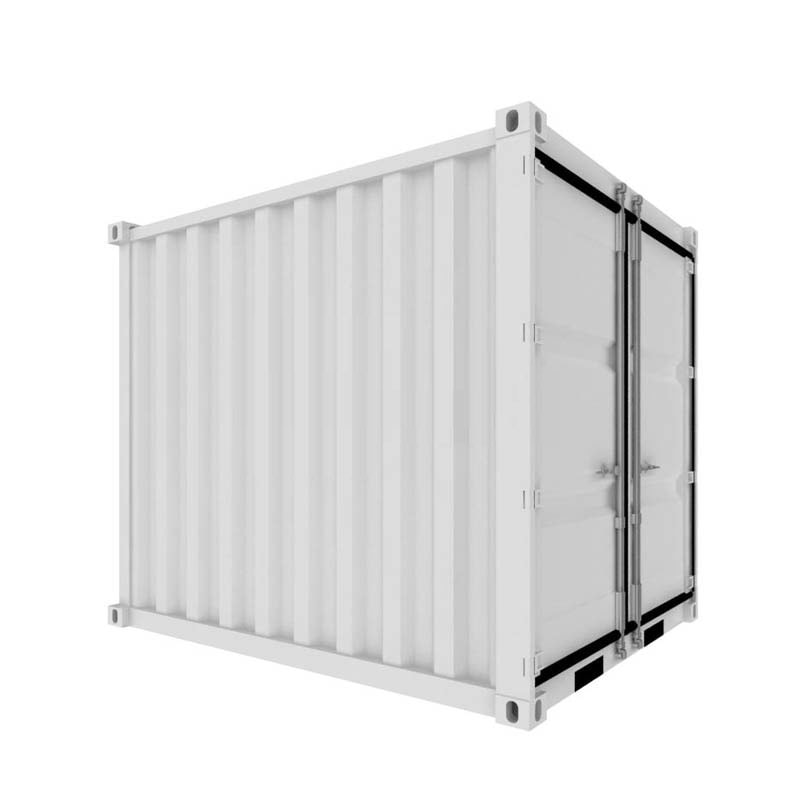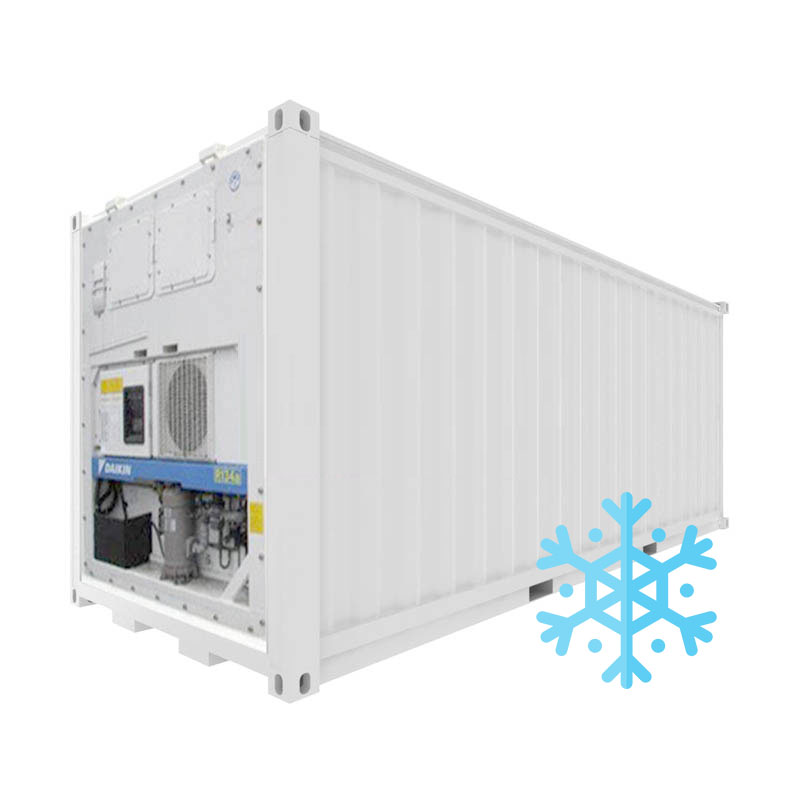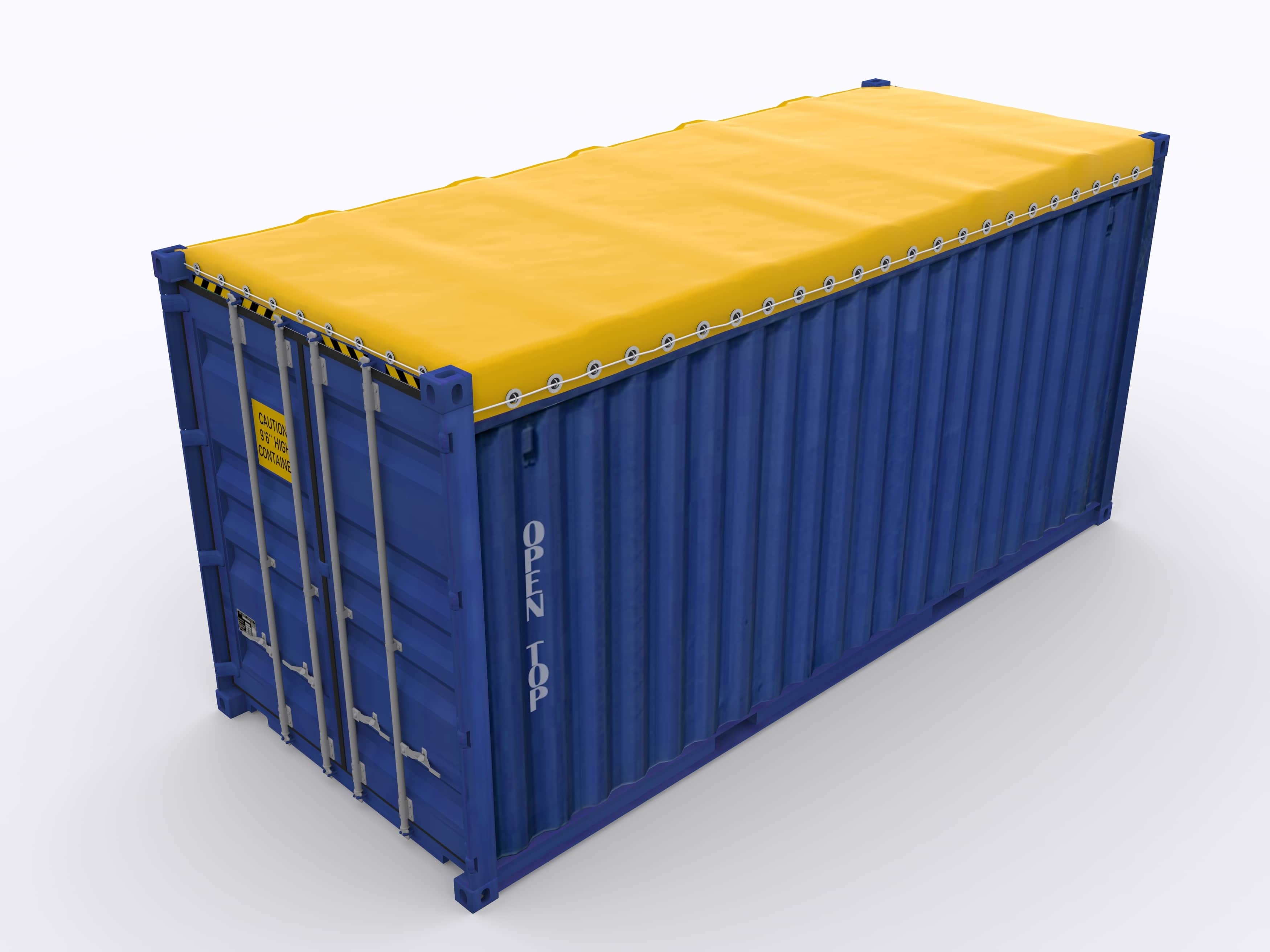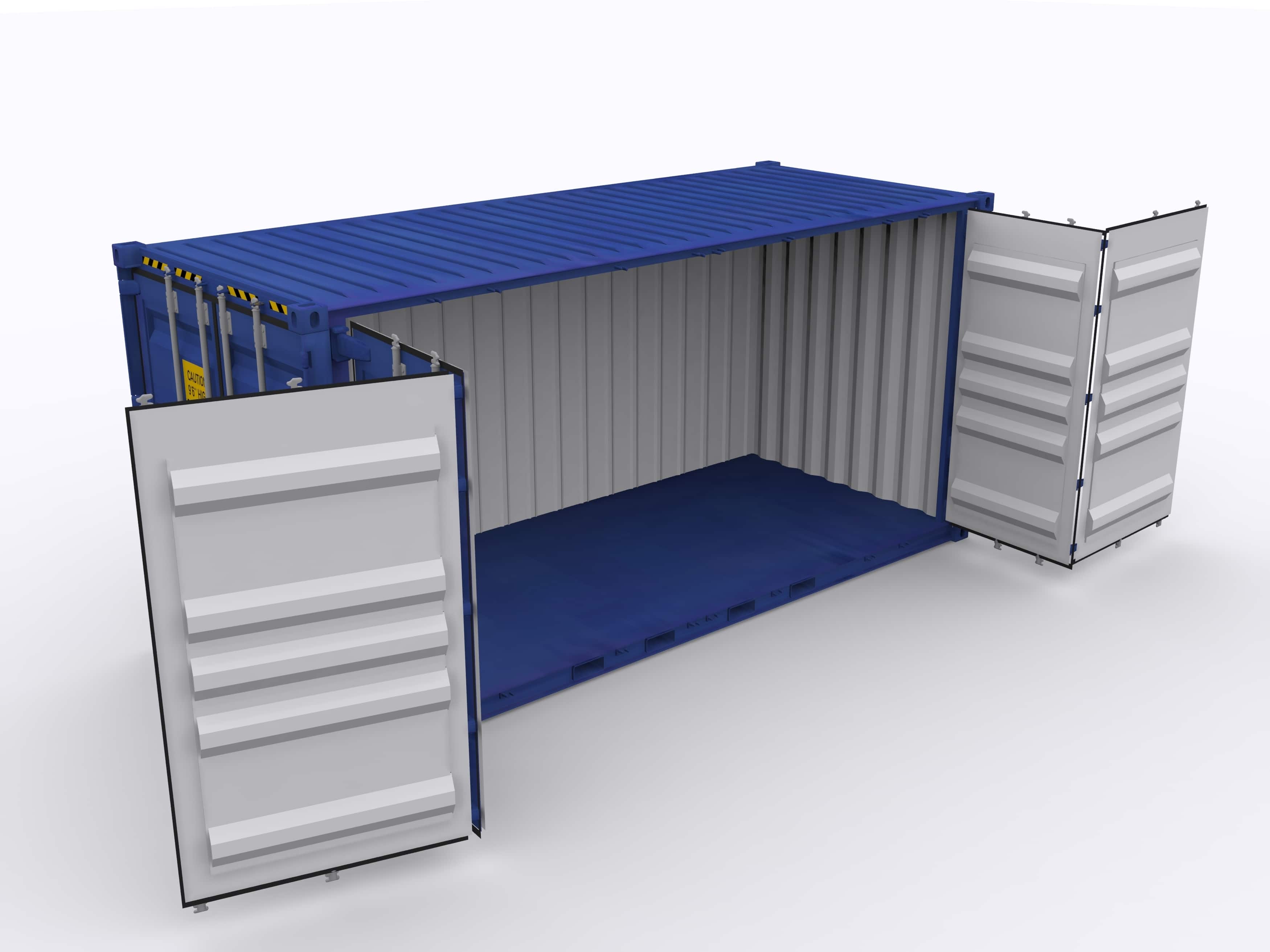Container Hire
Flexible plans for all needs and budgets!
Send a Message
A Step-By-Step Guide To Your Container Hire
Select your Container
With a vast selection of options including short, mid-term and long-term plans, we can customise your hire experience to offer both value and flexibility to your budgetary needs. Whether you require a dry steel container, refrigerated container or even special container such as side opening, please feel free to get in touch or request a hire quote today and we’ll find a solution that is right for you.
Refrigerated Containers
Temperature controlled units offering chilled or frozen storage solutions.
20ft High Cube Refrigerated Shipping Container
20ft Refrigerated Shipping Container
40ft High Cube Refrigerated Shipping Container
Specialised Containers
Containers with special features catering for diverse customer needs.
10ft Dangerous Goods (DG) Container
20ft Dangerous Goods (DG) Container
Flexible terms
Short, medium and long term plans available
Peace of mind
Safe, secure and watertight
Easy transport arrangements
Hasslefree delivery and pick-up nationwide


want to know more?
Frequently Asked Questions
The storage capacity inside a standard 20ft is approx 33.2 cubic meters or 1,170 cubic feet. A rule of thumb is that if properly packed, the contents of a 3 bedroom home will fit in a 20ft container.
The storage capacity inside a standard 40ft is approx 67.6 cubic meters or 2.387 cubic feet. A rule of thumb is that if properly packed, the contents of a 5 bedroom home will fit in a 40ft container.
We can usually deliver your container within 24-72 hours from receipt of payment and completion of relevant hire forms, subject to transporter availability.
Typically we would deliver your container one of three ways, via a Flatbed, Swinglift (Sideloader) or a Hiab (Crane) truck.
Flatbed, also referred to as a flat-deck or skeleton trailer, is a truck with no self-unloading capability. This means that offloading equipment will be required onsite such a forklift or a crane. Although this type of transport is the most restrictive in terms of its capability, it is also the cheapest form of container delivery to site.
Swinglifts come in either 20’ or 40’ length and have side on self-unloading ability. Swinglift offloads the container parallel to itself, requiring approx. 6m worth of width to allow for the container and truck to sit along each other. Swinglift is not capable of any 90 degree turns or positioning into really tight spots on space restrictive sites. Although a Swinglift is more restrictive in its offload capability than a HIAB, it is also more cost effective and a viable option for sites that can cater for this type of delivery.
HIAB is a truck equipped with a hydraulic crane, which can be rear or front mounted. HIABs are specialised equipment that allow for precise positioning of containers into small spaces at any angle required. Overhead obstructions such powerlines, overhanging trees and house eaves are common barriers that will impede HIAB delivery and something to be factored in during the delivery planning process.
Although HIAB offers superior offload capability and flexibility in terms of container positioning onsite, it is also more expensive than a swinglift option.
If you are unsure what type of transport mode listed above is the most applicable for your particular site, please let us know and we can carry out site inspection prior to delivery.
Yes, as this will alleviate issues that may arise with the container later on. Preferably your container should be placed on a flat level surface.If the surface is uneven we would recommend using wide blocks, railway sleepers or preferably treated timber (although any type of timber will do) to create a level surface under the container. An uneven surface can cause the container to twist making the doors quite hard to open and close. Additionally, lifting the container off the ground 100-150mm with appropriate blocks/timber will allow for additional airflow that will safeguard against any moisture entering the container through its plywood floor. This is especially important if the container is placed on the grass or any other moisture holding substrate.
Metal surfaces exposed to variations in temperature can produce condensation and unfortunately this is unavoidable in most cases. However, there are things that can mitigate this from occurring such as the following.
Ensuring the contents in your container is dry before you put it in will help to reduce moisture buildup inside your container. Naturally, the wet or damp goods with high moisture content will increase the potential of extra condensation accumulating in the container.
When loading the container it’s also a good idea to leave a little bit of space between the roof / sides of the container and your gear to allow air to circulate around all the nooks and crevices.
Another great preventative measure is airing the container from time to time, with once a week or fortnight highly recommended. By simply opening the container doors on a dry day is great to circulate the air inside the container.
Absorber or dry poles are container desiccant intended to suck-up any moisture that might be developing in the container. These are specifically designed to be hung inside the container and sit within its sidewall corrugation. Keeping the container situated out of flooded areas will help immensely as the cold temperature on the outside forms condensation on the opposite side of the metal. Please check out our additional ventilation and moisture reduction options available on our accessories page.
Shipping containers are deemed as temporary relocatable structures therefore many applications they do not require any planning permission. However, planning permission may be required if the container is going to be placed in a sensitive area that will impact another party in some way. If unsure we suggest to contact your local council to discuss your particular situation.
We will send you an invoice monthly and remittance can be processed using all of the conventional payment methods.
We can usually pick-up your container within 24-72 hours from notice of hire completion, subject to transporter availability.
Want To Learn More About Our Services?
